-
Members Only
-
When we visualize data to communicate to others, we must consider what others see through their eyes. Sim Daltonism by Michel Fortin is a free app for the Mac that lets you see how those with various types of color blindness perceive what’s on your computer screen.
It’s simple to use. Just drag a window over any part of your screen to see the differences.
-
Based on data from the Global Forecast System, The New York Times mapped the lowest temperatures across the country between February 14 and 16.
The blue-orange color scale diverges at freezing, which creates a striking image of a very cold country. The dotted lines and temperature labels make the patterns especially obvious.
As someone who lives in an orange area, I was shocked by all of the blue. Stay safe.
-
Thomas Lin Pedersen announced the ragg package, which makes font usage in R more straightforward:
I’m extremely pleased to present the culmination of several years of work spanning the systemfonts, textshaping, and ragg packages. These releases complete our efforts to create a high-quality, performant raster graphics device that works the same way on every operating system.
This blog post presents our improvements to ragg’s font rendering so that it now “just works” regardless of what you throw at it. This includes:
- Support for non-Latin scripts including Right-to-Left (RtL) scripts
- Support for OpenType features such as ligatures, glyph substitutions, etc.
- Support for color fonts
- Support for font fallback
All of the above comes in addition to the fact that ragg is able to use all of your installed fonts.
If you’ve tried to make publication-level graphics completely in R, you’re probably familiar with the challenge of using non-default fonts. The correct steps depend on your system and the words you want to add. It’s one of the reasons I bring R output into Adobe Illustrator, so now there’s one less extra step. Nice.
-
Lauren Leatherby and Amy Schoenfeld Walker reporting for The New York Times:
“Every state is improving,” said Claire Hannan, the executive director of the Association of Immunization Managers. “We still don’t have enough to vaccinate everyone over 75, so it doesn’t necessarily feel different for people who are trying to find the vaccine, but we are in a much better place now.”
Good.
Find the most current CDC vaccination data here. You can also find weekly distribution counts by state for the Pfizer and Moderna vaccines.
-
PowerOutage.US keeps a running tally of outages across the United States, and it’s looking bad for Texas. Millions of people in the state are without power, with temperatures in the teens. Scary.
-
This is fun. Lisa Charlotte Rost made a data visualization crossword puzzle. Print the PDF and win all eternal glory of your household.
-
Members Only
-
You probably knew that coronavirus deaths have been in the several thousands per day for a few months now. But Lazaro Gamio, for The New York Times, framed the cumulative rates in an even more striking way with a straightforward stacked bar chart. Half of U.S. coronavirus deaths were after November 1.
-
Vaccines provide light at the end of the tunnel, but when we finally get to the end depends on the speed at which we vaccinate. The Washington Post considers Joe Biden’s pledge for 100 million shots in his first 100 days in the context of herd immunity and calendar days.
I appreciate the time spent explaining the intersection of these two lines.
-
There’s something about hearing music live no matter how many times you’ve heard a song record in the studio. Maybe the acoustics are different. Maybe the musicians play a favorite song differently. Maybe the musicians feed off a big crowd’s energy.
For The Pudding, Kat Wilson and Kevin Litman-Navarro quantified these differences between studio and live versions. The result is the Live Music Jukebox, which lets you pick an artist and see which songs differed the most.
I was just lamenting over returned concert tickets from 2020. I guess this’ll have to do for now.
-
For NYT Opinion, Charlie Warzel and Stuart A. Thompson returned to the topic of location data logged by our mobile phones. This time though, they turned their attention to the United States Capitol on January 6, 2021:
The data we were given showed what some in the tech industry might call a God-view vantage of that dark day. It included about 100,000 location pings for thousands of smartphones, revealing around 130 devices inside the Capitol exactly when Trump supporters were storming the building. Times Opinion is only publishing the names of people who gave their permission to be quoted in this article.
As the animation plays out, you can clearly see the dots cluster around the rally area and then make their way to the Capitol building.
This surveillance stuff through consumer data (which companies can buy) seems way too easy.
-
Continuing her annual tradition, Janelle Shane trained various AI models to generate two-word-all-caps love messages for those chalky Valentine’s Day candy hearts. So deep. So profound.
See also Shane’s experiment with generating hearts for somewhat creepy results, as AI often likes to do.
-
The Pandemic Graphics Archive is a work-in-progress collection of floor signs and posters from our current days of distance and mask-wearing. [via swissmiss]
-
Members Only
-
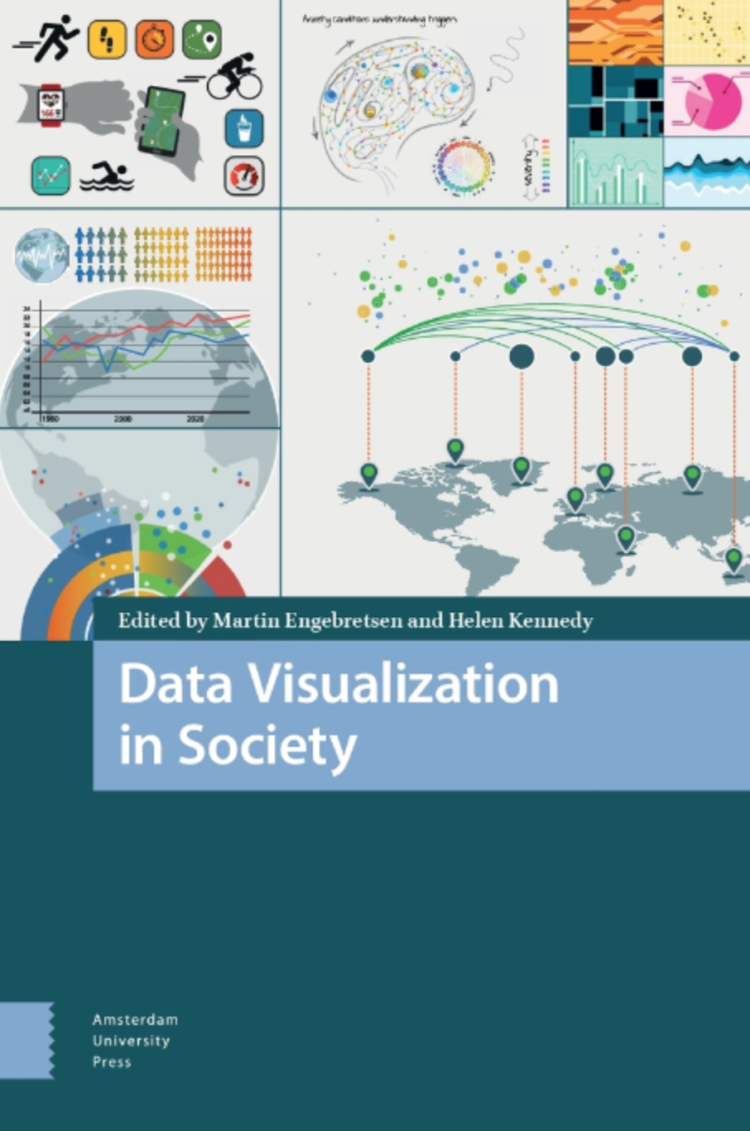 Data Visualization in Society, an open access book, is a collection of works that looks closer at the role data visualization plays beyond the technical aspects of the discipline:
Data Visualization in Society, an open access book, is a collection of works that looks closer at the role data visualization plays beyond the technical aspects of the discipline:The expansion of data visualization in society therefore requires a new kind of literacy if it is to enable citizens to act in informed and critical ways. It also requires the assessment of data visualization’s role in democracy, and the reassessment of democratic theory in light of developments in data visualization. This means asking a range of questions about the relationship between data visualization and democracy. It also means considering the factors in visualization consumption and production processes that affect engagement, which might include factors which extend beyond textual and technical matters, such as class, gender, race, age, location, political outlook, and education of audience members. Some of the contributions in this collection address these issues.
My reading list just got longer.
The Datavis Book Club run by Datawrapper is reading and discussing the first four chapters, in case you want get in on the fun.
-
This is interesting:
What does 425,000 Covid deaths sound like? I was inspired by this article by @LazaroGamio and @LaurenLeatherby for the NY Times, where they visualized how long to reach another 25k deaths. The piece had a rhythm that made me think of music, so I tried turning the data into sound pic.twitter.com/2YhmgqDZGQ
— carni_dc (@CarniDC) February 1, 2021
-
NYT’s The Upshot published their precinct-level map of 2020 election results. Zoom in to your geographic area and bask in or scratch your head over the detailed variation.
This seems be a recurring view now, with their “extremely detailed map” making an appearance after the 2016 and 2018 election. They also had their “most detailed maps” in 2014.
However, this year, The Upshot made their precinct-level data available on GitHub, so you can look closer if you like.
-
With this straightforward unit chart, wcd.fyi shows which generation each Senate member belonged to, from 1947 through 2021. Each rectangle represents a senator, and each column represents a cohort.
As time moves on, the generations inevitably shift. In 2021, we have the first Millennial senator in Jon Ossoff from Georgia.
-
I’m also looking forward to Jer Thorp’s Living in Data, which comes out later this year but is available for pre-order now:
In this provocative book, Thorp brings his work as a data artist to bear on an exploration of our current and future relationship with data, transcending facts and figures to find new, more visceral ways to engage with data. Threading a data story through hippo attacks, glaciers, and school gymnasiums; around colossal rice piles and over active mine fields, Living in Data keeps humanity front and center. Thorp reminds us that the future of data is still wide open; that there are stories to be told about how data can be used, and by whom. Accompanied by informative and poetic illustrations, Living in Data not only redefines what data is, but re-imagines how it might be truly public, who gets to speak its language, and how, using its power, new institutions and spaces might be created to serve individuals and communities. Timely and inspiring, this book gives us a path forward: one where it’s up to all of us to imagine a more just and participatory data democracy.
When I started FlowingData, Statistics and data almost always seemed highly technical and accessible to only a few. A few years later, understanding data was like a novelty that more people wanted to play with but still didn’t quite know the implications of what they were looking at. These days, spurred on by last year especially, interpreting data is an essential skill.
Over the next few years, Thorp’s perspective on how we live with these new streams, individually and as a society, will only grow more important.



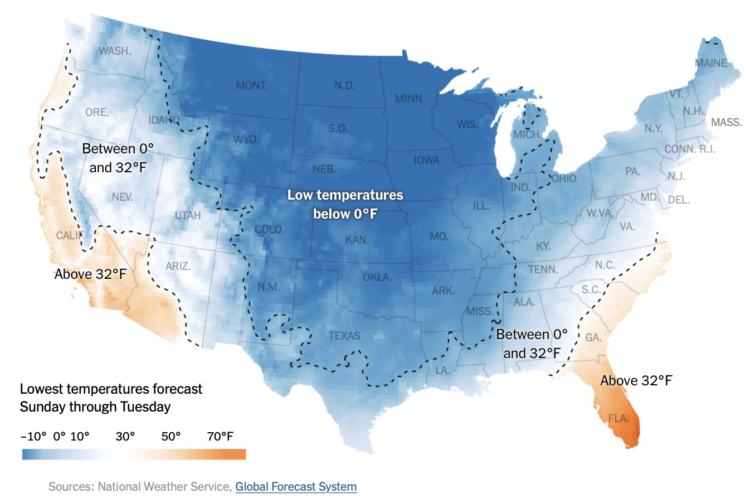

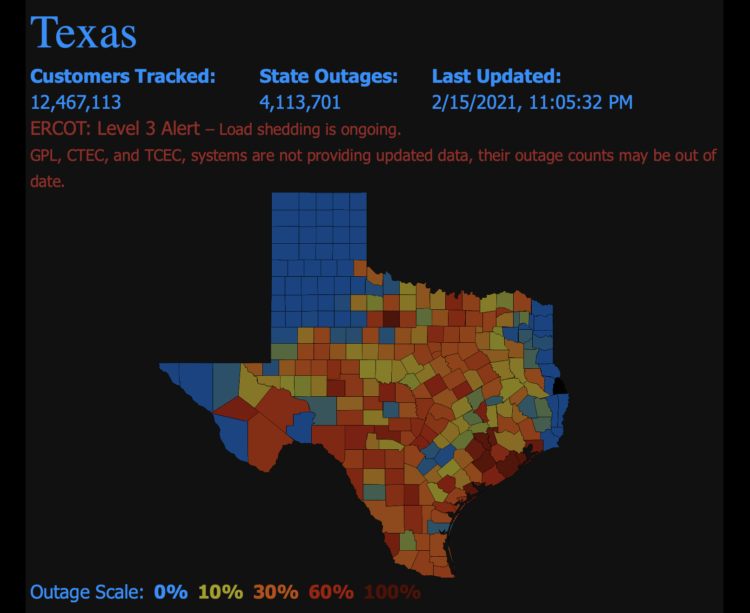
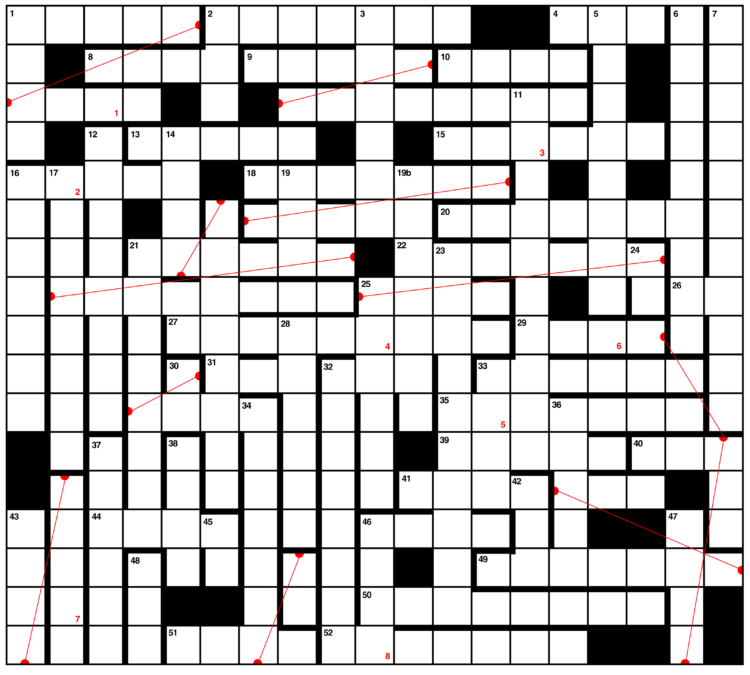
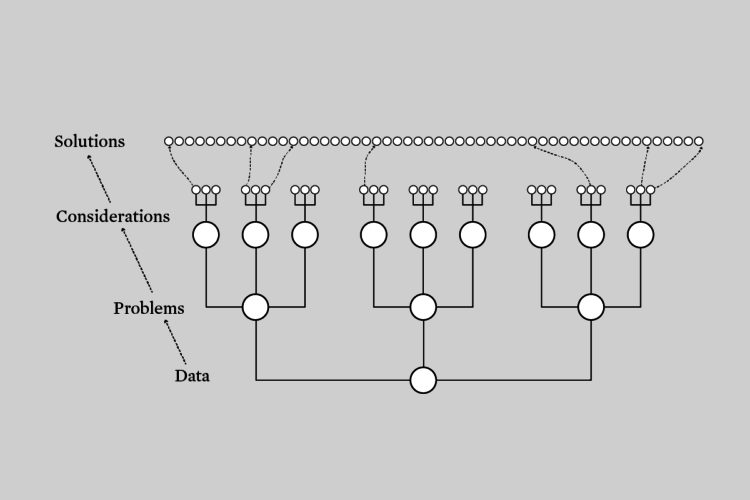

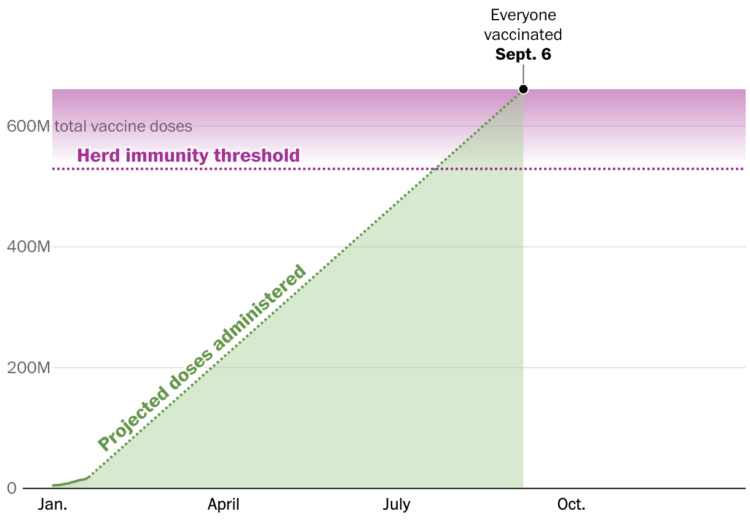
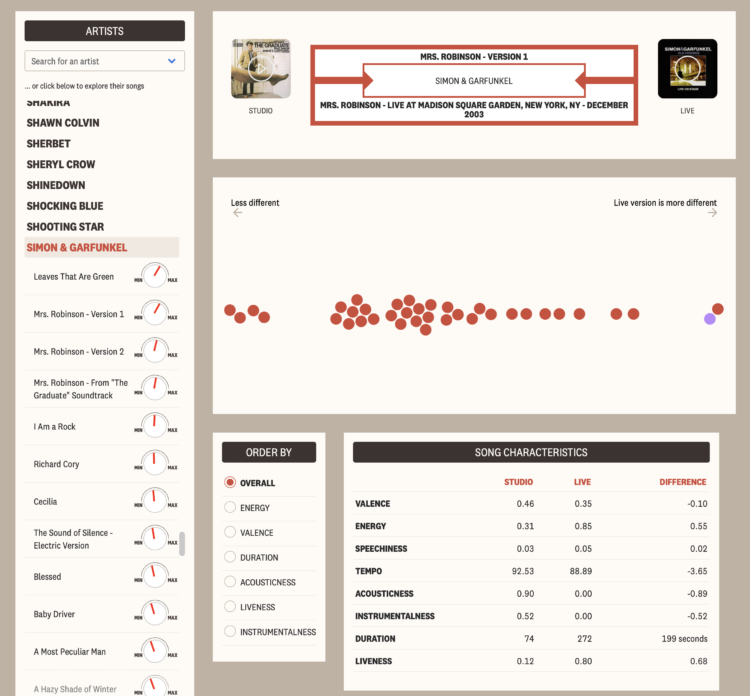

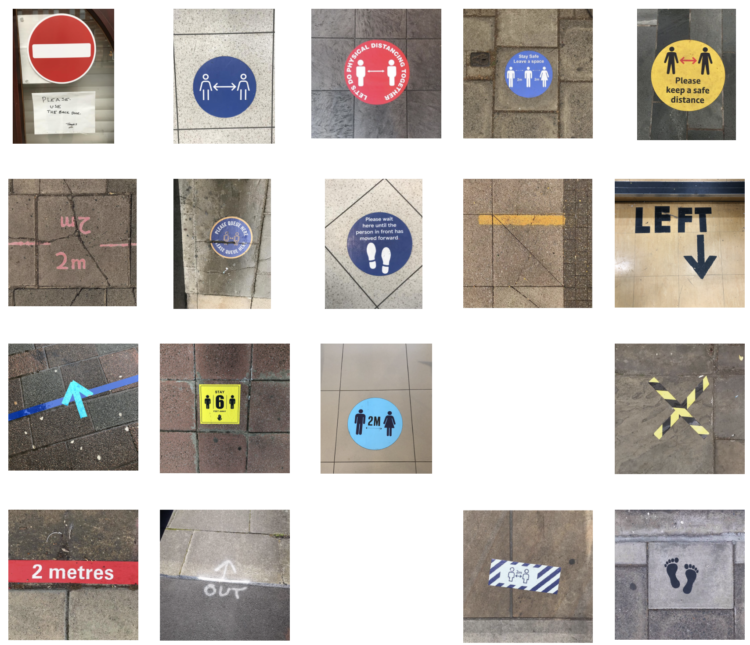
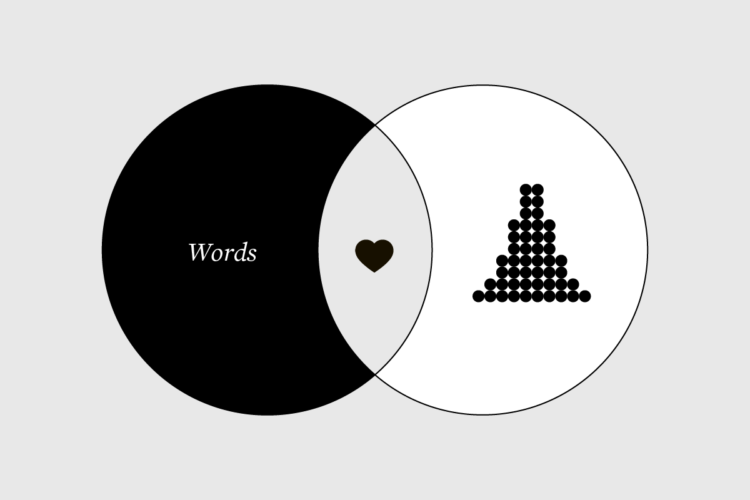
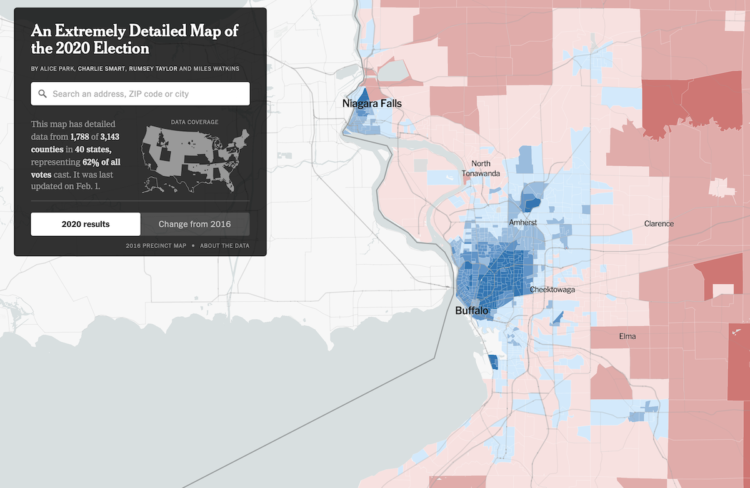
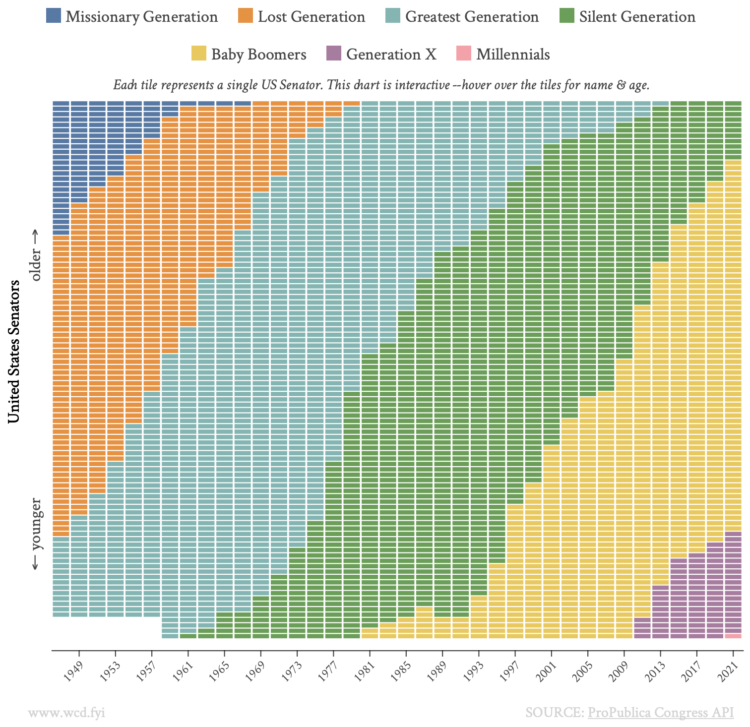










 Visualize This: The FlowingData Guide to Design, Visualization, and Statistics
Visualize This: The FlowingData Guide to Design, Visualization, and Statistics
